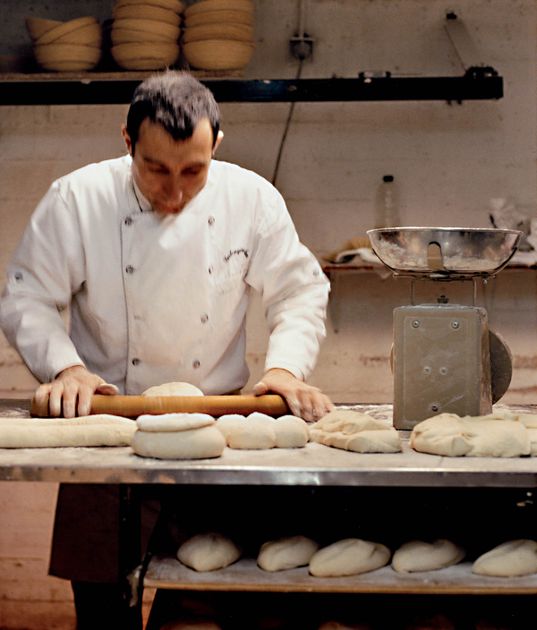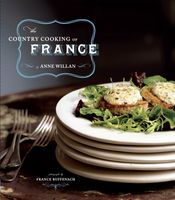Advertisement
Breads & Cakes the Country Baker
By Anne Willan
Published 2007

Ask any French countryman, and he will tell you the most important food is bread. My neighbor Monsieur Milbert, age eighty-six, recalls that he thought nothing of eating a whole loaf or even more each day when he was young. What he has in mind from those long-ago times was a large round or oval whole-wheat loaf that remained moist and chewy for days at a time, and was bought perhaps twice a week.
The familiar baguette, literally a “wand,” that we think of as so French was a city pretension, and did not become the national standard until after World War II. Within the baguette family itself, there are distinctions. A banneton is shorter and thicker. A ficelle, “string,” is often sliced for croûtes, as is the slightly plumper flute. Large family loaves are called simply pains. The bâtarde lies halfway between a baguette and a pain.

